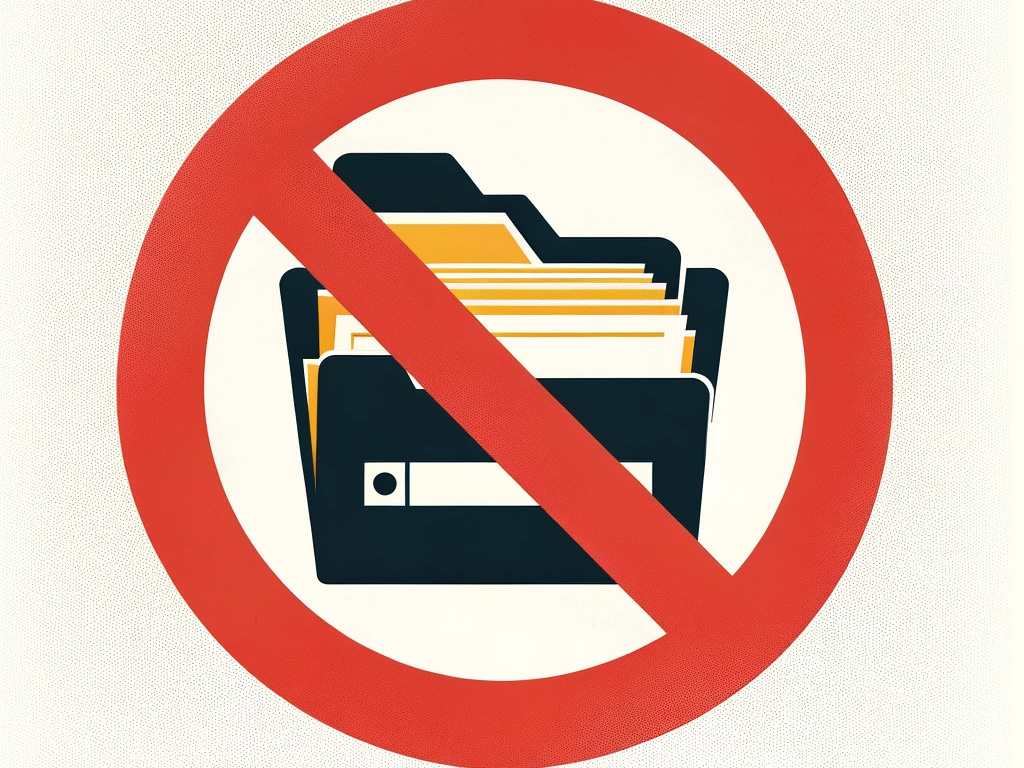The 2019 novel coronavirus (2019-nCoV), officially named as COVID-19 by the World Health Organization (WHO), has been spreading rapidly over the world. Starting from Wuhan City, Hubei Province of China, its outbreak has been affected more than 78 countries including the U.S., Europe, Asia, and the Middle East, increasing the public fear of its epidemic. According to WHO, a total of 193,475 global cases have been confirmed with on average new 3300 confirmed cases daily since January 20th, 2020 the first outbreak of coronavirus. On March 17th, San Francisco Bay area counties announced “shelter in place” order, Italy has been locked down since March 9th, The White House declared a national emergency and travel ban on Europe. So, how can we protect our businesses in the midst of the Coronavirus?
1. Communicate with employees
Communicate with employees about the best ways to protect each other from exposure in the workplace; informing about how to wash hands correctly, the symptoms of the Coronavirus, and determining factors of when they will have to work from home and what the procedure is. Having a clear idea of when, how, and what the procedure would be will keep your employees safe and prepared for the worst-case scenarios. Make sure to update benefits policies in case where employees are quarantined from coming to work.
In Timpl, we track the Centers for Disease Control and Prevention (CDC) notices, closely monitoring the news and constantly reminding employees to practice good health habits, such as social distancing, handwashing, and instant health updates for sick employees.
2. Prepare crisis-management policy
Many companies have not planned for a crisis on this global scale. A good plan includes:
- Plans for the continuity of business
- When and how to have employees work from home
- When to bring employees back to work
- Tools needed to get the job done remotely
- Supply chain alternatives
- Forming a core response team
Employees shall have resources to anticipate what could happen in a worst-case scenario. They need guidelines to follow. In order for them to stay productive and communicate well, prepare a crisis management policy and prevent the worst.
3. Keep your work environment clean
Inform all employees about keeping their work environment clean and sterile especially the areas with high foot traffic. Wipe down your equipment with alcohol or alike, doorknobs, tables, and other work materials or objects that people have touched. Remind your employees to follow basic health guidelines to protect themselves and others:
- Conduct top-to-bottom cleaning
- Choose products carefully
- Restock supplies regularly
- Use signage to promote common-sense measures (Figure 1)

Figure 1
4. Invest in work-from-home technology
Thanks to the development of technology, there are so many different tools that are available to enhance remote work efficiency. In order to effectively communicate with your employees, you have to invest in work-from-home technology. Check out this article to examine what technologies are available, and the best tool for you and your employees.
While investing, restrict any outsider from entering if your business has a cafeteria or café for those who are coming to the office. If your company has chosen technology for remote work, make sure clearly communicate with your employees and ensure project deadlines to keep the business. Also, it’s important to back up your data on a cloud drive storage with access.
5. Download this questionnaire if interviewing candidates
While ensuring your employees and yourself to follow some basic guidelines to reduce risk, make sure your candidates also cope with them. If you are interviewing candidates, ask candidates if they have traveled to China, South Korea, Hong Kong, Italy, Iran, Japan, Singapore, Thailand, Taiwan in the last 14 days.
Click here to download the questionnaire
In addition, use this questionnaire before scheduling an interview. In order to practice social distancing and less gathering of more than ten, schedule interviews before or after lunchtime. If the interviews overlap with lunchtime, deliver the meal to the interviewers prior to or after the schedule.
We highly advise you to follow the five steps above. Take percussion by downloading our interview checklist and protect your business and employees from the Coronavirus.



